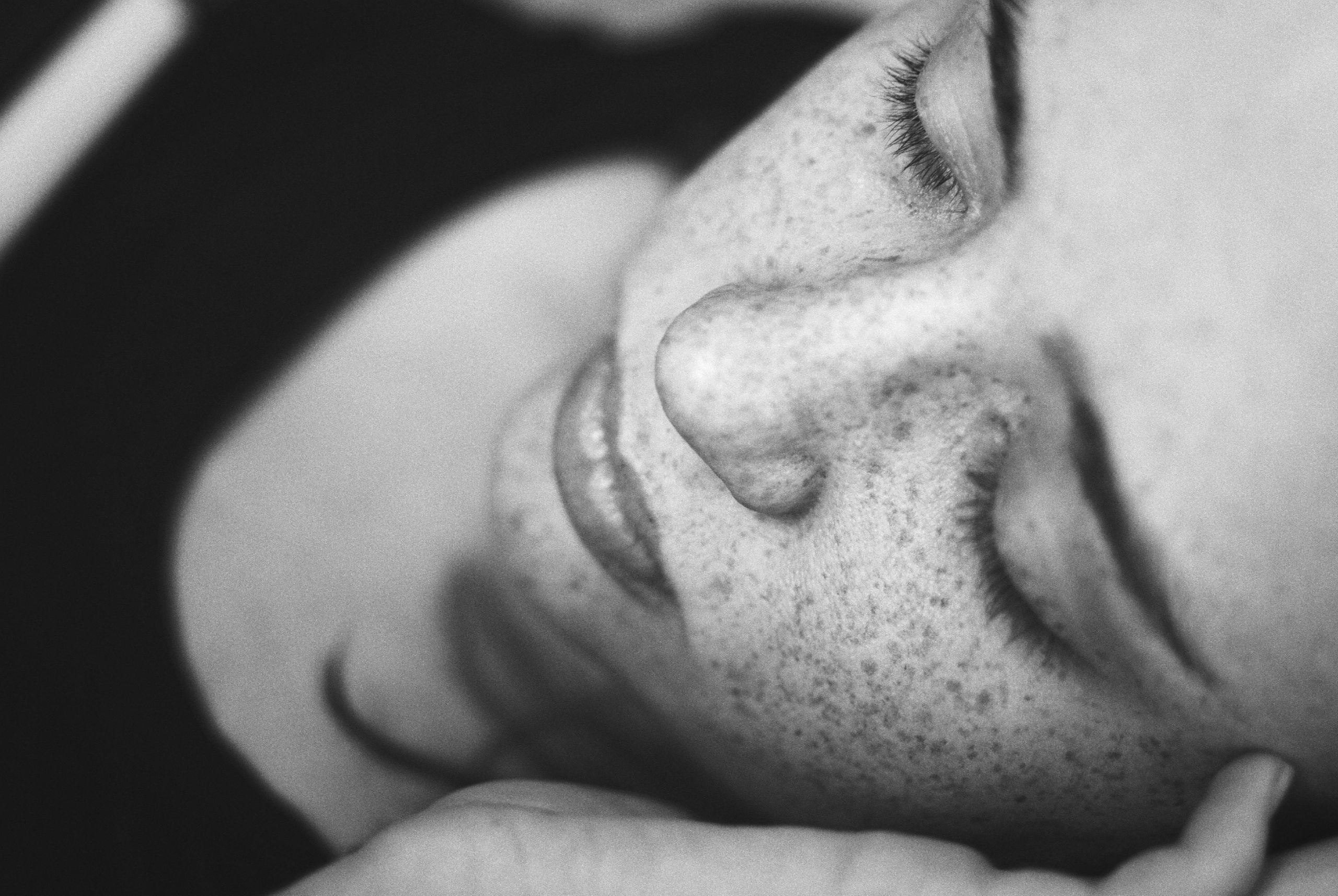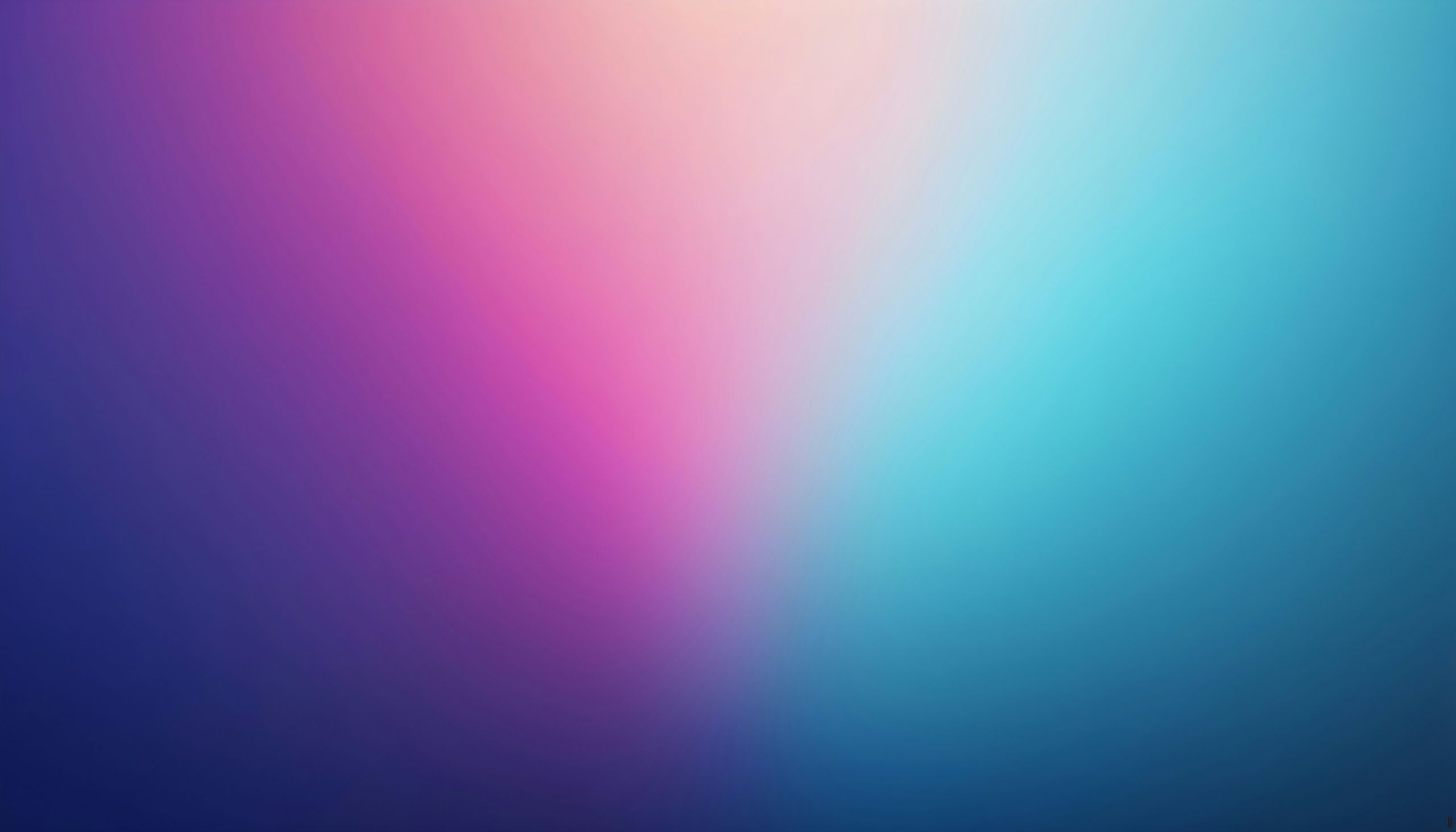4 ways to handle a migraine hangover
The postdrome phase of a migraine is often described as a migraine hangover. Although the migraine attack is hard enough on its own, the postdrome phase is also difficult as various symptoms such as fatigue and muscle weakness occur. Here are 4 ways to cope with a migraine hangover.
What is a migraine hangover?
Before I present 4 ways to deal with a migraine hangover, I want to briefly explain what a migraine hangover actually is. Medically, it is called the postdrome phase and occurs after a migraine attack subsides. In this phase, a lot of people feel extremely tired and mentally drained. Some also experience sore muscles after having been bedridden during the attack. Others may feel energetic. In this blog post, we focus on recuperating after feeling physically and mentally drained.
1. SELF CARE
Your body has been through a lot during a migraine attack so take care of yourself in the postdrome phase. Don’t go straight back to strenuous chores or do an intense workout. Try and carve out time for relaxing activities such as meditation, breathing exercises, yoga or a (self) massage.
Another symptom of a migraine hangover is a stiff, painful neck. Some respond well to an ice pack while others prefers a heating pad to alleviate the pain.
In general, your body will benefit greatly from gentle, relaxing moves to help your body to get rid of the muscle tensions that have built up during the attack.
2. SLEEP
Fatigue is a well-known symptom in the postdrome phase. It was probably hard to sleep while your head was throbbing with pain and your body has used a great deal of energy. In order to recover, sleep will help restore your energy levels and remove fatigue.
Your mind is also on the mend so taking a nap will benefit your concentration and cognitive function which often are weakened during a migraine hangover.
You don’t have to sleep the day away but take a nap if possible. Getting enough rest will contribute to a more effective recovery.
3. MINIMIZE LIGHTS AND SOUNDS
After a migraine, sensitivity to light and sound is normal. Bright lights and loud noises can worsen residual pain and discomfort so reducing these stimuli is key. If possible, dim the lights in your home and when going outside, put on sunglasses (and a hat) if the sun is out. In terms of sounds, I personally benefit from noise reducing ear plugs. I have kids and kids are noisy but the world can be noisy as well. When I have noise reducing ear plugs in, I manage the noise much better.
4. EAT AND DRINK
It can be difficult getting sufficient food and water while experiencing migraine. Many of us get nauseous and throw up making it even more difficult to eat and drink. So the need for food and water is often very apparent when you have a migraine hangover. Ensuring adequate food and fluid will contribute to a more effective recovery.
Some migraine sufferers crave salt and caffeine following an attack while others may crave sugar. Eat and drink whatever works for you but bear in mind that some foods and drinks can be a migraine trigger for you. And after you have satisfied your craving(s), treat yourself to a nutritious meal so your body get everything it needs to recuperate.
HELP YOURSELF BY TRACKING MIGRAINE HANGOVER SYMPTOMS
After a migraine attack, you can feel like your body and mind are on standby. You might not remember how you best recuperate after an attack so my advice to you is write it down in your Migraine Calendar. Include all of your symptoms, how long they last and what you did to ease the symptoms. The next time, you find yourself having to deal with a migraine hangover, your Migraine Calendar will aid you in your recovery process.

About the author: Linda C.
I have been suffering from chronic migraines and headaches for more than 20 years so unfortunately, I know a thing or two about migraines.
I hope that by sharing knowledge and insights about migraine, you can manage the disorder more efficiently.



